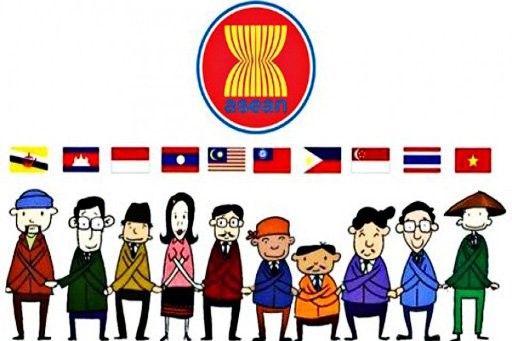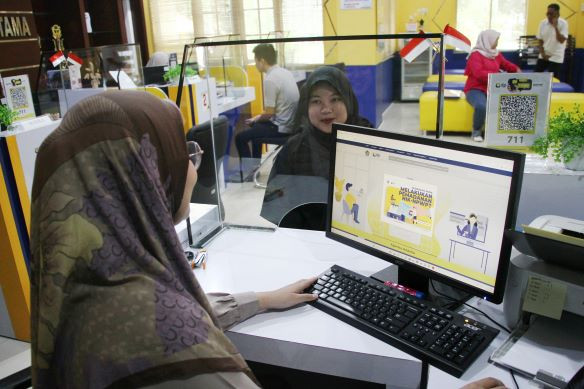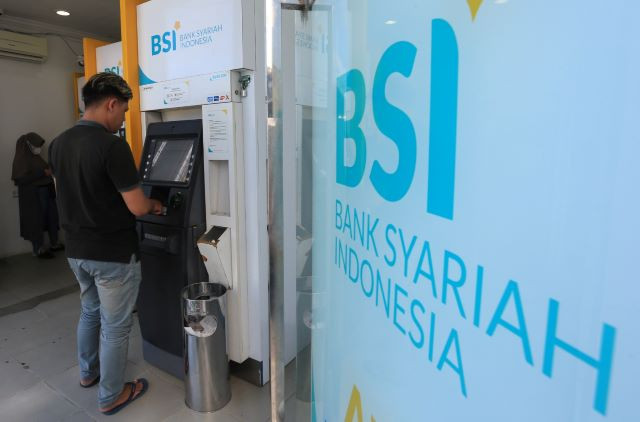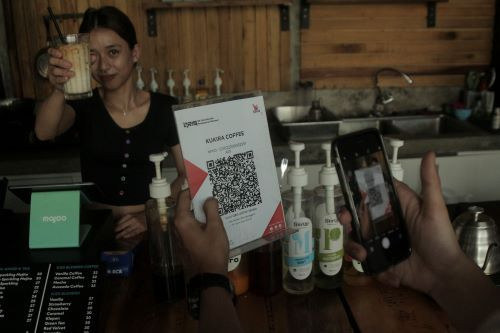An ASEAN trilateral? It's time to be bold in Southeast Asia
Amid the current challenges facing the Southeast Asian bloc, Indonesia, Malaysia and Singapore could form a trilateral within ASEAN to push a more ambitious vision toward regional integration.
Change Size
 An illustration represents the ASEAN Economic Community, which came into effect on Jan. 1, 2016 and aims to integrate the diverse economies of Southeast Asia. (Antara/-)
An illustration represents the ASEAN Economic Community, which came into effect on Jan. 1, 2016 and aims to integrate the diverse economies of Southeast Asia. (Antara/-)
L
ately there has been some good news on advancing the social dimension of ASEAN, and Brunei, the current chair of the bloc, deserves praise for this.
The joint statement that the 25th ASEAN Socio-Cultural Community Council (ASCC) released at the end of its meeting on March 31 contains some interesting and encouraging outcomes that focus on youth empowerment and a stronger sense of regional belonging.
Among the decisions, of which the details have yet to be shared, are the promotion of volunteerism and the creation of new plans to establish the ASEAN Climate Change Centre and create the Comprehensive Framework on Care Economy, the latter of which that appears promising at least in name, and more coordination on disaster relief and management through the Strategic and Holistic Initiative to Link ASEAN Responses to Emergencies and Disasters (ASEAN SHIELD).
With proper follow-up and implementation, these new initiatives could potentially create more and better opportunities for a bloc that aims to meet the aspirations and dreams of its youth and help create new opportunities for building a common destiny for them.
All of these decisions have the potential to be great, if only we were living in normal times.
The problem is that right now, ASEAN is not really experiencing its best moments. Here, I am not only referring to the ongoing pandemic and the ensuing crippling effects it has had on people’s lives.
With the massacres happening on daily basis in Myanmar, these are not normal days for ASEAN, and the ongoing crisis in that country is, without a doubt, the most defining and serious challenge to face the bloc in recent times.
So far it has been a failure, with member nations being highly divided and a lack of moral leadership on the part of Sultan Bolkiah, who has been unable to bring the “autocratic” club within ASEAN on board to ensure a stronger, united position against the junta in Myanmar.
It is in a stalemate and sadly, no one really knows how much more blood will be spilled on the streets of Yangon, Mandalay and other Myanmar cities before ASEAN comes up with resolute condemnation and boycott of the military that is now unconstitutionally in power in that nation.
The way the crisis is unfolding and the way ASEAN member states are responding to it offer an opportunity to develop some perspective on the future of Southeast Asia’s regional cooperation project.
Despite the bloc not lacking in strategy and vision documents regarding its future, what is missing is a serious effort for stronger integration, which is unsurprising given the structural differences between some of its members. On one side are the authoritarian states led by Cambodia, Vietnam, Brunei, Laos and unfortunately Thailand, and on the other side are the “democrats” Indonesia and Malaysia running a sparse pack, but with some encouraging signs that Singapore will join them as it matures toward a more sound and fair democracy.
What will the future hold for the bloc? What lessons will be learned from this crisis?
While it is unthinkable to imagine dismantling ASEAN as an institution, its relevance will come into question and its more ambitious plans, including a more united common market and shared economy, will evolve slowly and passively without much ambition in the absence of the needed political will and the right tools.
In short, there will be meetings, joint declarations and new initiatives that will never be truly transformative and meaningful for the people of the region. The citizens of member states will continue to show neither enthusiasm nor excitement for the bloc if their lives continue as they do now, without much care for what ASEAN plans or does.
Yet there is another option for those member states willing to push the regional agenda more ambitiously with principled and value-based leadership and without dodging key existential questions like respect for democracy and human rights.
The states of the democratic camp within ASEAN could forge new understanding among them, elevate their cooperation to much higher levels, come up with new initiatives that, while autonomous and independent from the ASEAN institutional framework, might also give the bloc a much-needed jolt in the end.
Indonesia, Malaysia and Singapore, and perhaps one day, a more democratic Thailand with a different government in power, should forge a future-forward partnership framework to advance their national and regional interests from a shared perspective, one that is founded on the rule of law anchored in democratic and human rights principles.
This could be a new trilateral in which the leaders of these three nations can put aside the relatively minor hindrances now affecting their relationships and push forward a different vision of regional integration.
In the matter of human rights, for example, Indonesia, Malaysia and Singapore could come up with a real regional mechanism that provides a blueprint for other member states, whenever they are ready to get serious about this issue.
Proposing this new strategic partnership between Indonesia, Malaysia and Singapore is not about abandoning the foundational ties that led to the ASEAN of today, but rather about pushing ahead in a selective and strategic fashion to show others what can be achieved with the right vision and political will.
This trilateral arrangement will complement what is happening within the formal ASEAN mechanisms, and it will definitely require a much bigger effort in terms of the resources that must be invested.
Indonesia, Malaysia and Singapore will remain committed to the ASEAN Charter but, taking advantage of its limitations, they will be free to forge ahead in some key areas and show the other members that their level of ambition will not be restricted by a lack of consensus within the formal bloc.
We could start with quarterly (yes, you read that right) trilateral meetings that involve the heads of government, joint cabinet sessions in areas like education, health and youth development, and slowly expand to include foreign policy as well.
Parliamentary and legislative members of these three nations should start holding regular joint meetings through their thematic commissions and from there, they can lay the ground for a parliamentary forum that could become an assembly, starting with a consultative role.
A serious, well-financed youth exchange program that is inclusive of university students should be started at a massive scale as a tangible sign for new generations, that their governments have made a strategic and long-term investment as regards a truly regional project for integration.
Many might be baffled by this proposal, but what is happening now in Myanmar and more specifically, what is not happening within ASEAN now, should provide some impetus for an audacious reimagining of the meaning of regional integration in Southeast Asia.
***
The author is a cofounder of ENGAGE and writes on social inclusion, youth development, regional integration and the SDGs in the Southeast Asian context.









